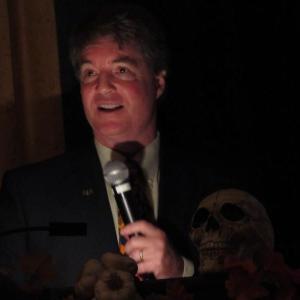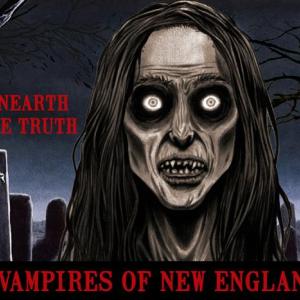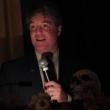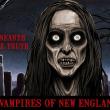Bram Stoker’s great grand-nephew on origins of ‘Dracula’
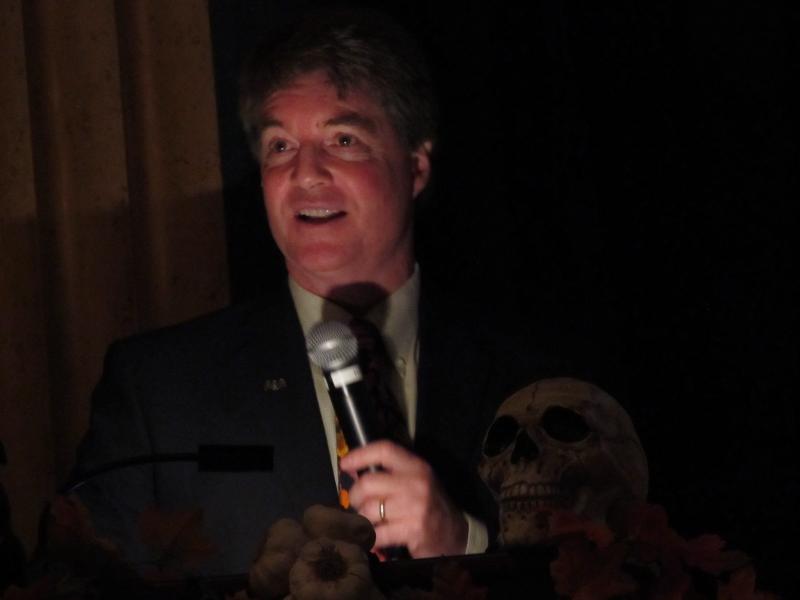 Dacre Stoker, the great grand-nephew of Dracula author Bram Stoker. (Photo by Kay Stephens)
Dacre Stoker, the great grand-nephew of Dracula author Bram Stoker. (Photo by Kay Stephens)
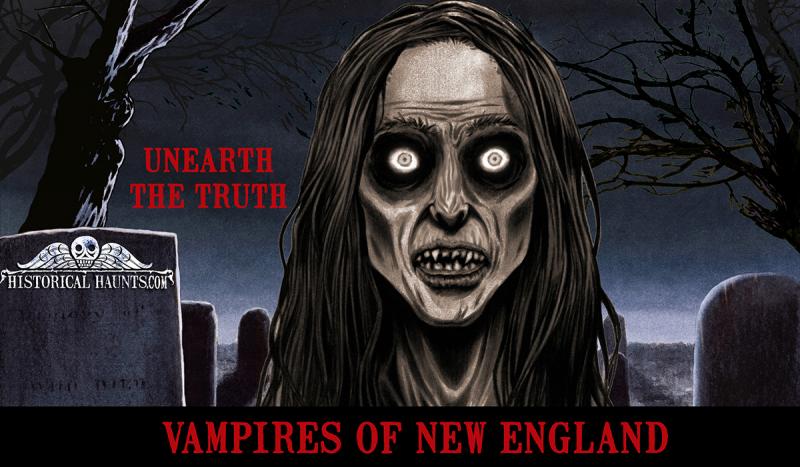 The Vampires of New England. (Courtesy Haunted History)
The Vampires of New England. (Courtesy Haunted History)
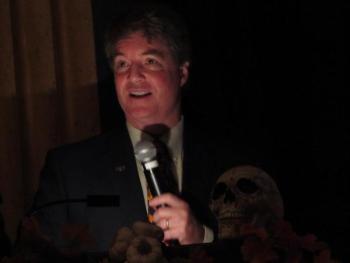 Dacre Stoker, the great grand-nephew of Dracula author Bram Stoker. (Photo by Kay Stephens)
Dacre Stoker, the great grand-nephew of Dracula author Bram Stoker. (Photo by Kay Stephens)
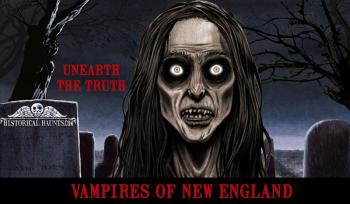 The Vampires of New England. (Courtesy Haunted History)
The Vampires of New England. (Courtesy Haunted History)
ROCKLAND—For fans of the literary horror genre, Dracula by Irish author Bram Stoker, is considered one of the best novels of the 19th-Century and unlike its title character, continues to live on into eternity. In that vein, (yup, went there) vampire fans and history buffs flocked to the the Strand Theatre Sunday, Oct. 19, to hear Bram Stoker’s great grand-nephew, Dacre Stoker, give a fascinating presentation on the historical source materials that shaped Bram’s writing of Dracula. Following, the Strand screened an award-winning 50-minute documentary, Vampires of New England, by Historical Haunts, which examined turn-of-the-century cases of purported ‘vampirism’ in New England.
But first, a bit on Dacre’s presentation.
An author himself, Dacre is clearly a person who finds his distant relative as intriguing as millions of fans around the world and it was a real treat to hear from him on what made Bram tick as an author. For instance, we learned that up until the age of seven, Bram fell ill with an undiagnosed disease, which Dacre hypothosized might have been a respiratory illness. Given the era where blood-letting was common medical practice as a cure-all, Dacre posited that this childhood trauma would come into play later on in Bram’s career.
Combine that with growing up in a bleak era in Ireland where the Irish were just coming out of the potato famine. Cholera deaths were so common that some sick people were getting taken away in the night mistakenly to contain the contamination; in some cases, not knowing if the person was actually dead, a few were buried alive.
Dacre surmised that by the time Bram became an adult, he’d had a ‘perfect storm’ of Gothic horror ideas, stories and experiences to inspire his dark imagination. For example, in the novel, Dracula, where Jonathan Harker is preyed on by the ‘sisters’ (Brides of Dracula) and falls under their spell, Dacre said this is likely a literary device that was manifested from Bram’s own childhood fears of being subjected to blood-letting against his will.
Even though Bram grew up in a middle-class family and had the talent to become a writer, that was not considered a suitable career and he had a filial duty to follow his father’s footsteps to become a clerk, taking over when his father could no longer do the job.
An active athlete and highly imaginative young man, Bram was understandably bored and unfulfilled in this job, so he found refuge in writing as a hobby. But, by nature, he was still a disciplined and a methodical writer and wanted his novel to have a real aspect to it in order to create suspension of disbelief.
Dacre’s presentation allowed glimpses into these methods showing scribbled character notes and marked-up train schedules that depicted how long it would take for Jonathan Harker to travel from England to Transylvania.
As to the name Count Dracula, slides of historical evidence show that Bram originally chose Count Wampyre as his first choice, then scratched that out and later changed the character name to Dracula. He’d found this term in a Wallachian pamphlet while researching Vlad the Impaler, Prince of Wallachia, which in translation means ‘Devil’ and he thought that had a better ring to it.
Dacre has not only traveled the world to present this compelling Stoker family history, but he has also cowritten a best-selling novel, Dracula the Un-Dead, the Stoker family endorsed sequel to Dracula.
To round out this evening, filmmaker Alec Asten, who is at the helm of Historical Haunts, a film production company that celebrates New England Horror folklore, followed Dacre Stoker’s presentation with a documentary, Vampires of New England, which explores the gradual evolution of vampire mythology.
The documentary demonstrated how closely consumption was tied to people’s misperceptions of vampirism. For example, the effects on the victim were shockingly the same — wasting away of vital energy, a deathly pallor, a sunken chest and often, a propensity to cough up blood. Before anyone knew what the disease was or how to control it, families and healers tried all kinds of bizarre and gruesome “remedies” from grinding up the blood and bones of swallows as a tincture to cutting out the heart of an exhumed body suspected of vampirism, burning it with ashes and serving the leftover disgusting paste as a tonic to young children.
For those who find this genre of literature and film-making mesmerizing, this was a special evening of lore, facts and chilling real-life legends of New England.
For more information about Dacre Stoker visit bramstokerestate.com For more information and to see a streaming video of Vampires of New England, visit histhaunts.com
Kay Stephens can be reached at news@penbaypilot.com
Event Date
Address
United States

